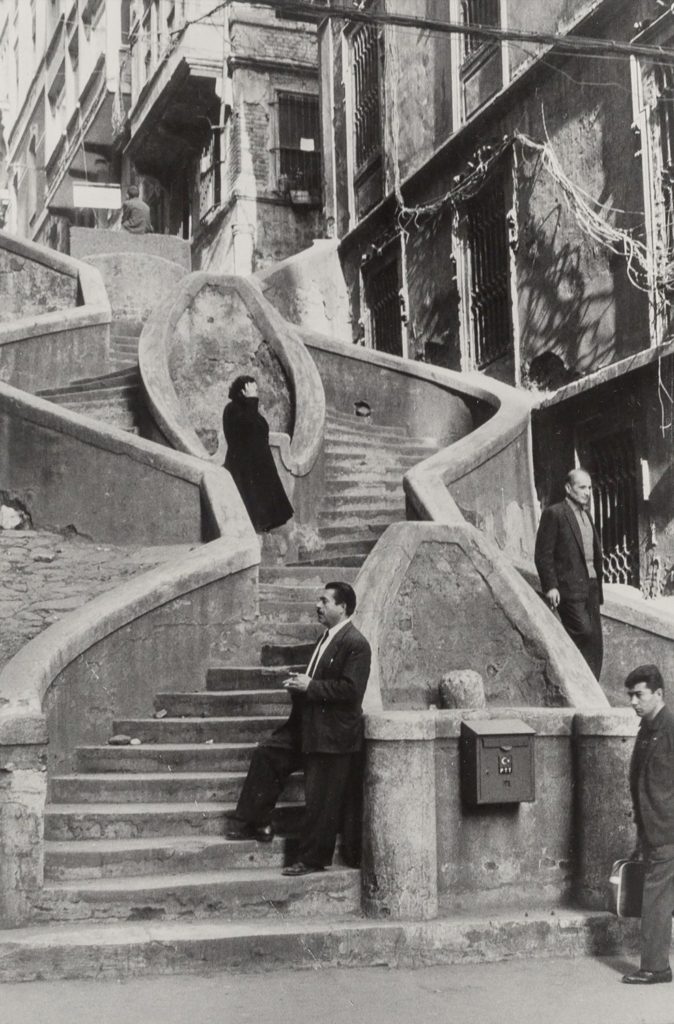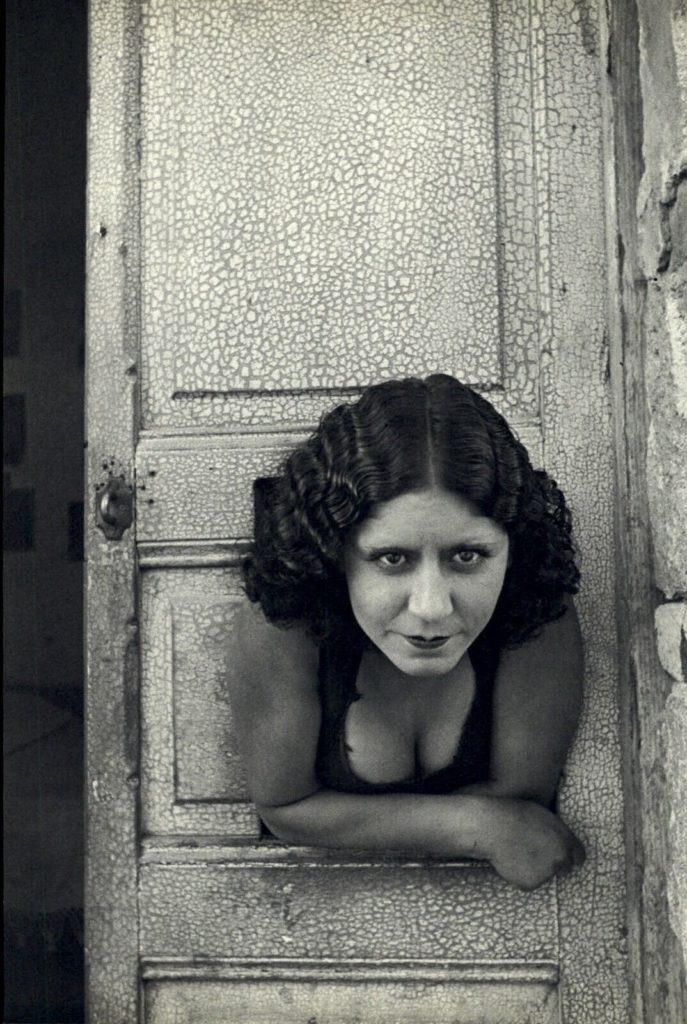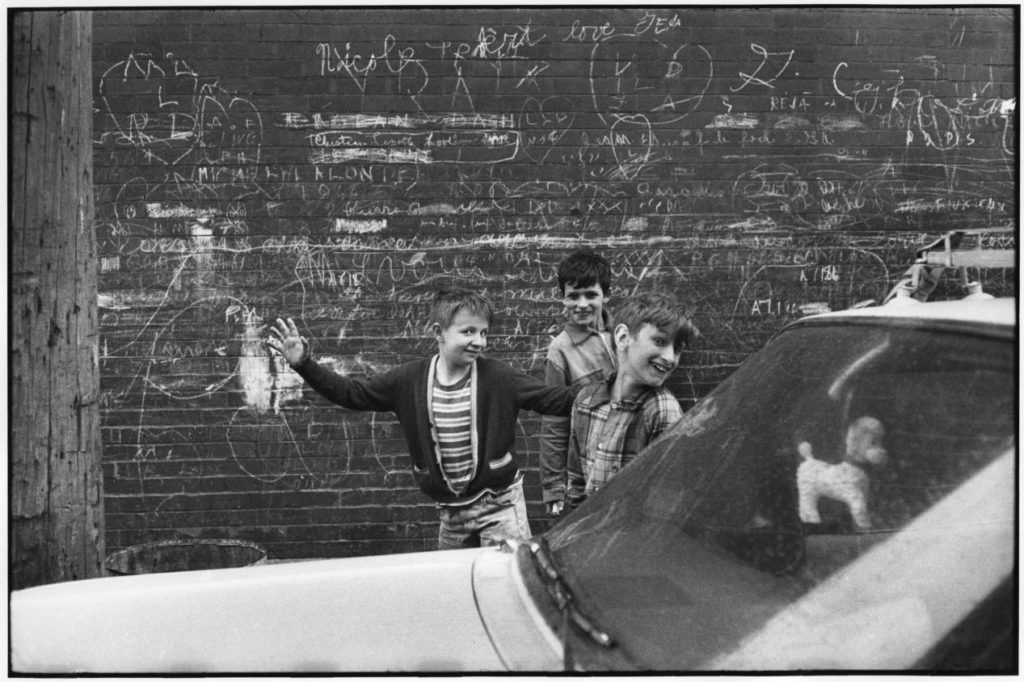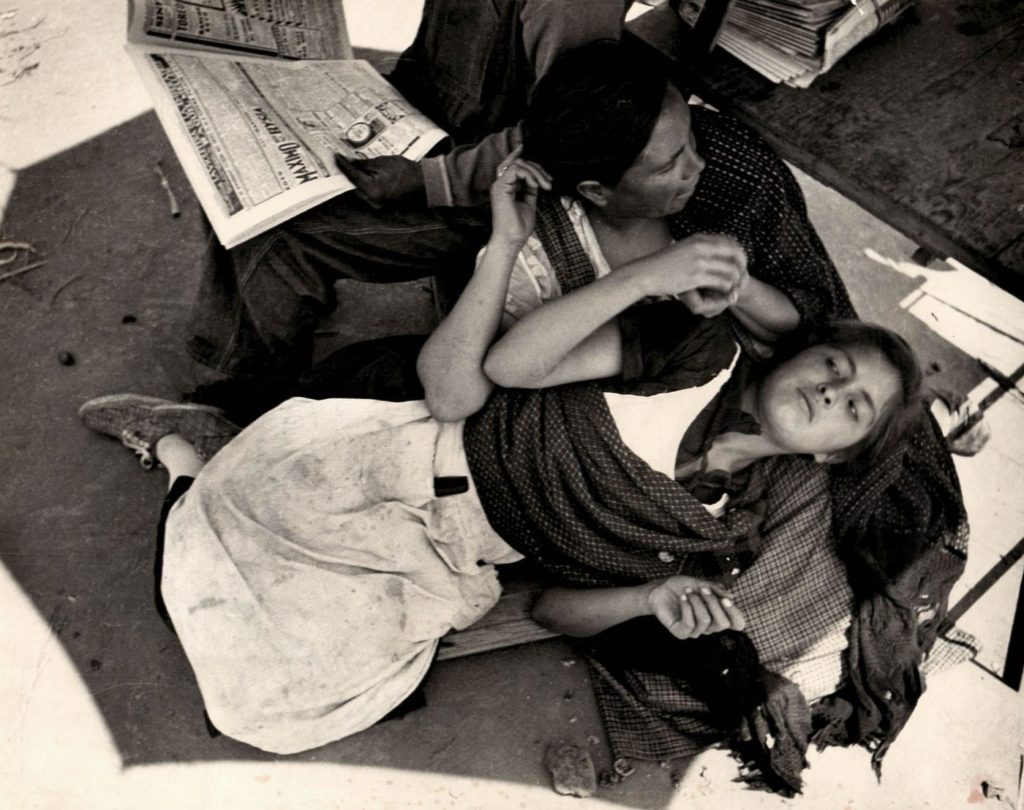About Henri Cartier-Bresson
Henri Cartier-Bresson was a French photographer who is considered to be one of the fathers of photojournalism and masters of candid photography. He sought to capture the ‘everyday’ in his photographs and took great interest in recording human activity. He pioneered the genre of street photography, and viewed photography as capturing a decisive moment, which he later wrote a book about. He was influenced by Surrealism and began his career in film working with renowned French director, Jean Renoir as second assistant director. He was born on the 22nd of August, 1908 In Chanteloup-en-Brie, France and passed away on the 3rd of August, 2004 in Céreste, France.
He came from quite a wealthy family and since his parents were providing financial support, Henri pursued photography quite freely. His father assumed that his son would take up the family business, but Henri was strong-willed and also feared the idea. In 1929, Cartier-Bresson’s air squadron commandant placed him under house arrest for hunting without a licence. Cartier-Bresson met American expatriate Harry Crosby, who persuaded the commandant to release Cartier-Bresson into his custody for a few days. The two men both had an interest in photography, and Crosby presented him with his first camera.
Cartier-Bresson ended up falling into an intense sexual relationship with Caresse Crosby (Harry Crosby’s wife) however, two years after Harry Crosby died by suicide, Cartier-Bresson’s affair with Caresse Crosby ended in 1931. After reading the book, Heart of Darkness, which gave him the idea to try and find adventure in Côte d’Ivoire, Africa. He survived by shooting game and selling it to local villagers. From hunting, he learned methods which he later used in photography.
He acquired the Leica camera with a 50 mm lens in Marseilles that would accompany him for many years. The anonymity that the small camera gave him in a crowd or during an intimate moment was essential in overcoming the formal and unnatural behaviour of those who were aware of being photographed. He enhanced his anonymity by painting all shiny parts of the Leica with black paint. In the beginning, he did not photograph much in his native France. It would be years before he photographed there extensively. Cartier-Bresson’s first photojournalist photos to be published came in 1937 when he covered the coronation of King George VI and Queen Elizabeth.
“In photography , the smallest thing can be a great subject. The little, human detail can become a Leitmotiv”
– Henri Cartier-Bresson

His Work







The ‘Decisive Moment’
‘Your eye must see a composition or an expression that life itself offers you, and you must know with intuition when to click the camera‘
– Henri Cartier-Bresson
In 1952, Cartier-Bresson published his book Images à la sauvette, whose English-language edition was titled The Decisive Moment, although the French language title actually translates as ‘images on the sly‘ or ‘hastily taken images’. His book The Decisive Moment, unintentionally imposed the motto which would define Cartier-Bresson’s work. The decisive moment refers to capturing an event that is ephemeral and spontaneous, where the image represents the essence of the event itself.

It is widely considered to be one of the most important photobooks of the twentieth century. The Decisive Moment was described by Robert Capa as ‘a Bible for photographers’. The exhibition details how the decisions made by the collaborators in this major project—including Cartier-Bresson, French art publisher Tériade, American publisher Simon & Schuster, and Henri Matisse, who designed the book’s cover—have shaped our understanding of Cartier-Bresson’s photographs.
With it he described the exact instance when a unique event is captured by the photographer – when something that may never happen again is frozen in the frame.
‘To me, photography is the simultaneous recognition, in a fraction of a second, of the significance of an event as well as of a precise organization of forms which give that event its proper expression’
– Henri Cartier-Bresson
